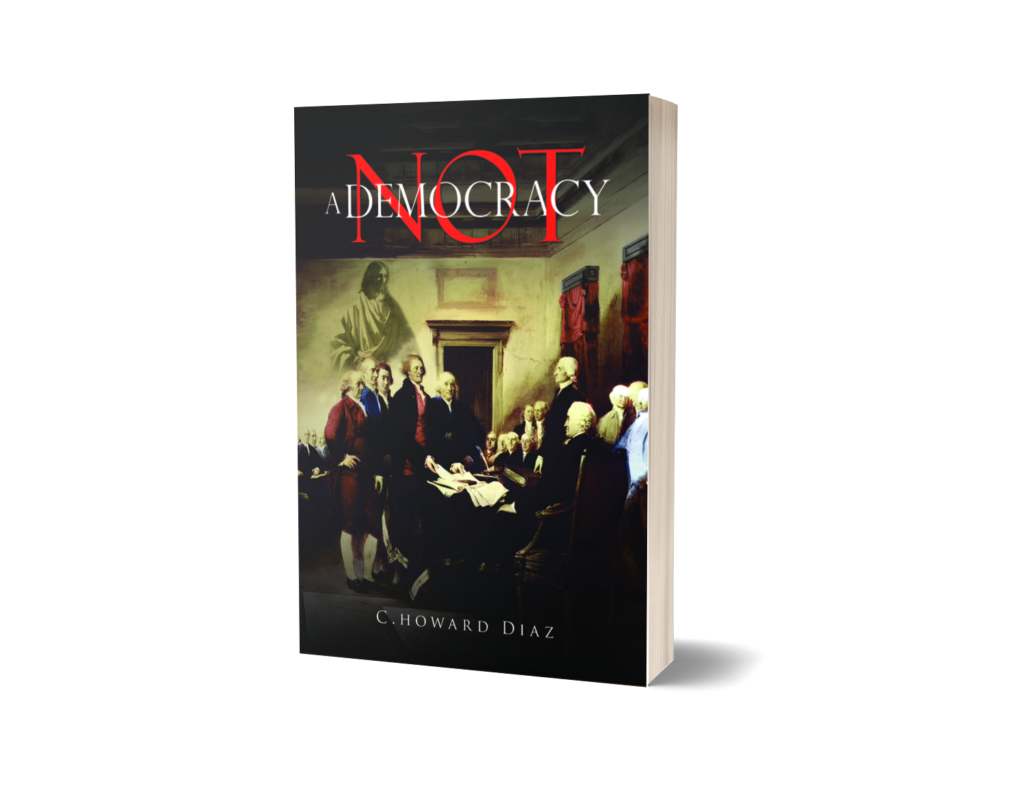
About the Book

Not A Democracy, Discussing the Constitution and Other Commentary
From the Preface
I’m a private pilot with a multiengine certification and an instrument flight rating (IFR). While
I was in flight school back in 1957, I also learned how to navigate without any of the electronic
navigational aids or equipment we have today. Learning to navigate anything is important to
understanding how to get from point A to point B.
I am also a recognized executive management consultant considered a subject matter expert by
our government. I have spent over forty years of my life teaching things like the importance of
management policies, organizational structure and manual systems and procedures as well as
IT system structures. Regardless of what any politician says, these foundations of business are
desperately needed in government too.
The same goes for understanding our Constitution. You must know how to navigate its structure,
its policies, and its procedures.
What I will try to do in this book is teach you how to navigate our Constitution so you can
understand how to read it and what it means. Once you understand what our Founders were
trying to do, you will find it easy to interpret the Constitution and realize there are those who
want to make it sound more complicated so the average American will concede to their greater
knowledge. It’s a lie.
The original US Constitution, as signed on September 17, 1787, was written on four sheets
of parchment paper and the handwritten text of the Constitution is relatively compact and is
considered one of the most concise and influential legal documents in history.
The main thing is, once you learn how to read it, all the pieces will fall into place, but I can’t
stress enough how important it is for every American to understand that without the foundation
and form of government the Constitution gives us, we would not have the freedom we all cherish.
We need to protect it.
In this book, it will seem I’m bouncing around, and I am or will be. There is a reason for that, and
that is, to understand our Constitution, we must learn what the reasoning behind our Founders’
thinking was as they wrote the Constitution and, later, the Bill of Rights.
In summary, this interpretation of the Constitution and the Bill of Rights and our country not
being a democracy represents the perspective of an American of Mexican descent who didn’t
get a college education. Back in 1959, I did enroll in junior college for about a year, primarily
C. Howard Diaz
ii
to benefit from the G.I. Bill for financial support. While the upper-class elite America haters
may label me as uninformed and uneducated, I believe that the more they criticize, the more my
viewpoint is validated.
A democracy seeks universal equality. A constitutional republic seeks individual liberty. Our
Founders disliked the idea of a democracy very much. I have placed a quote about that at the
beginning of each chapter because we are not a democracy.
From the